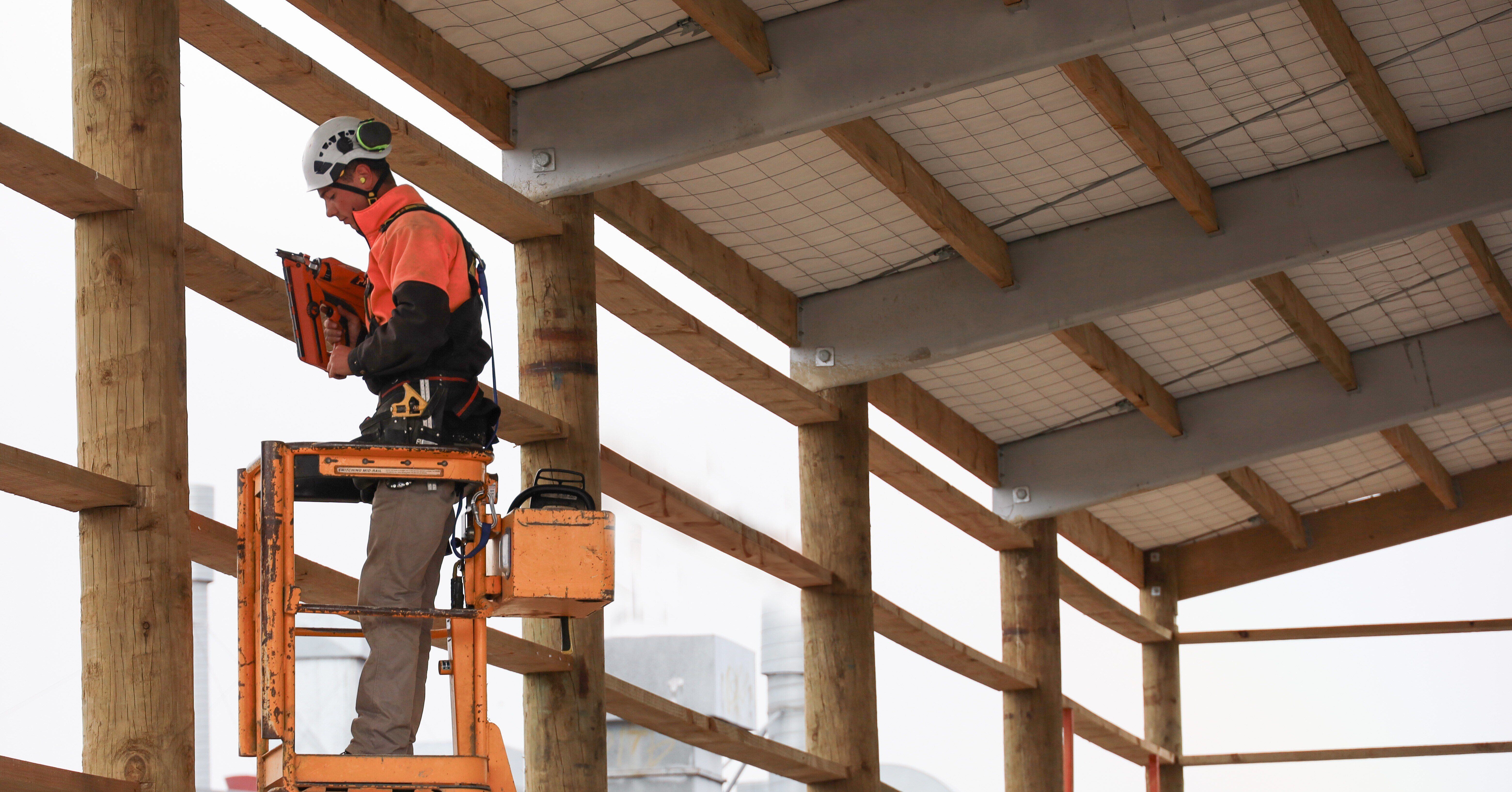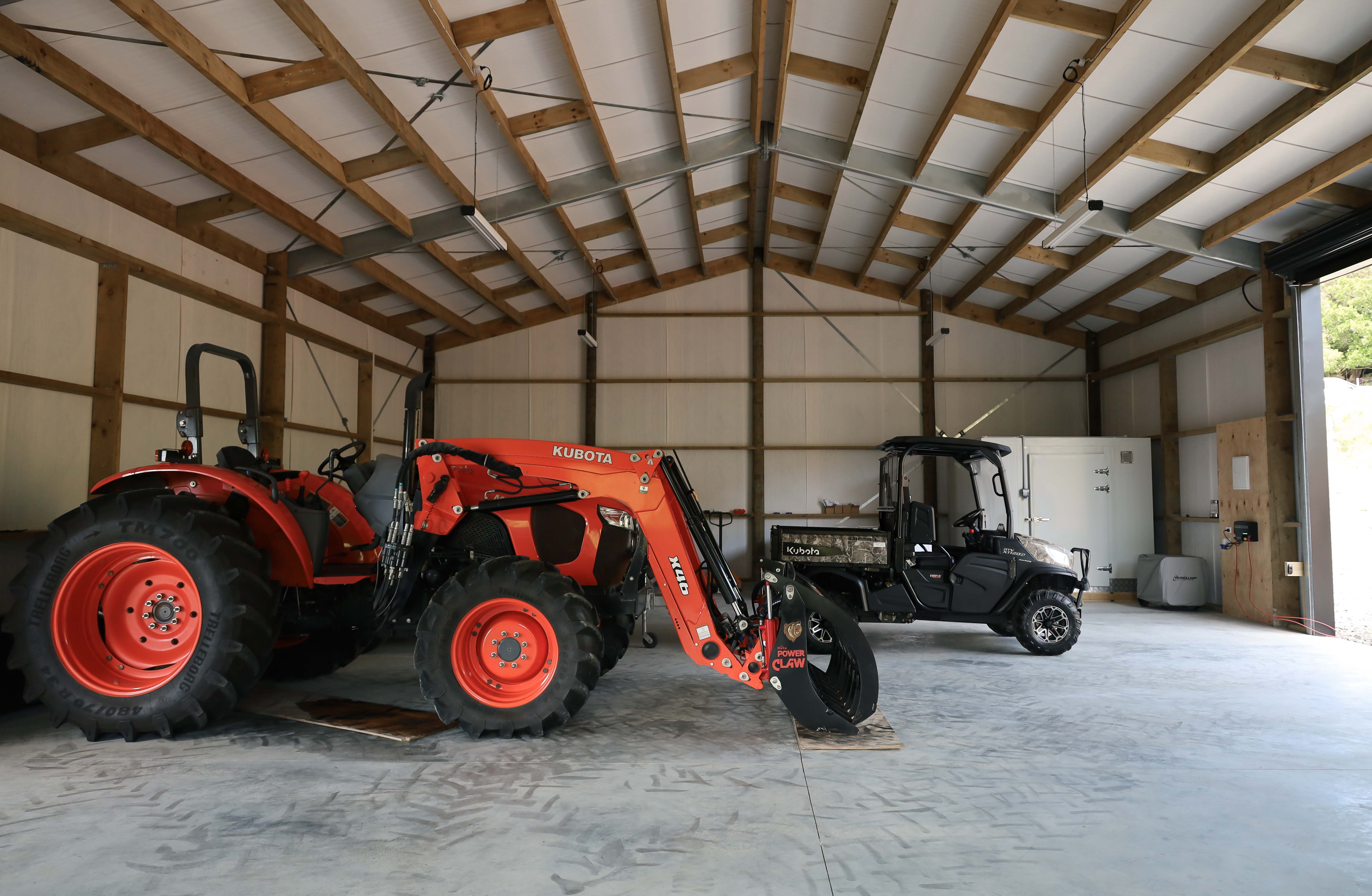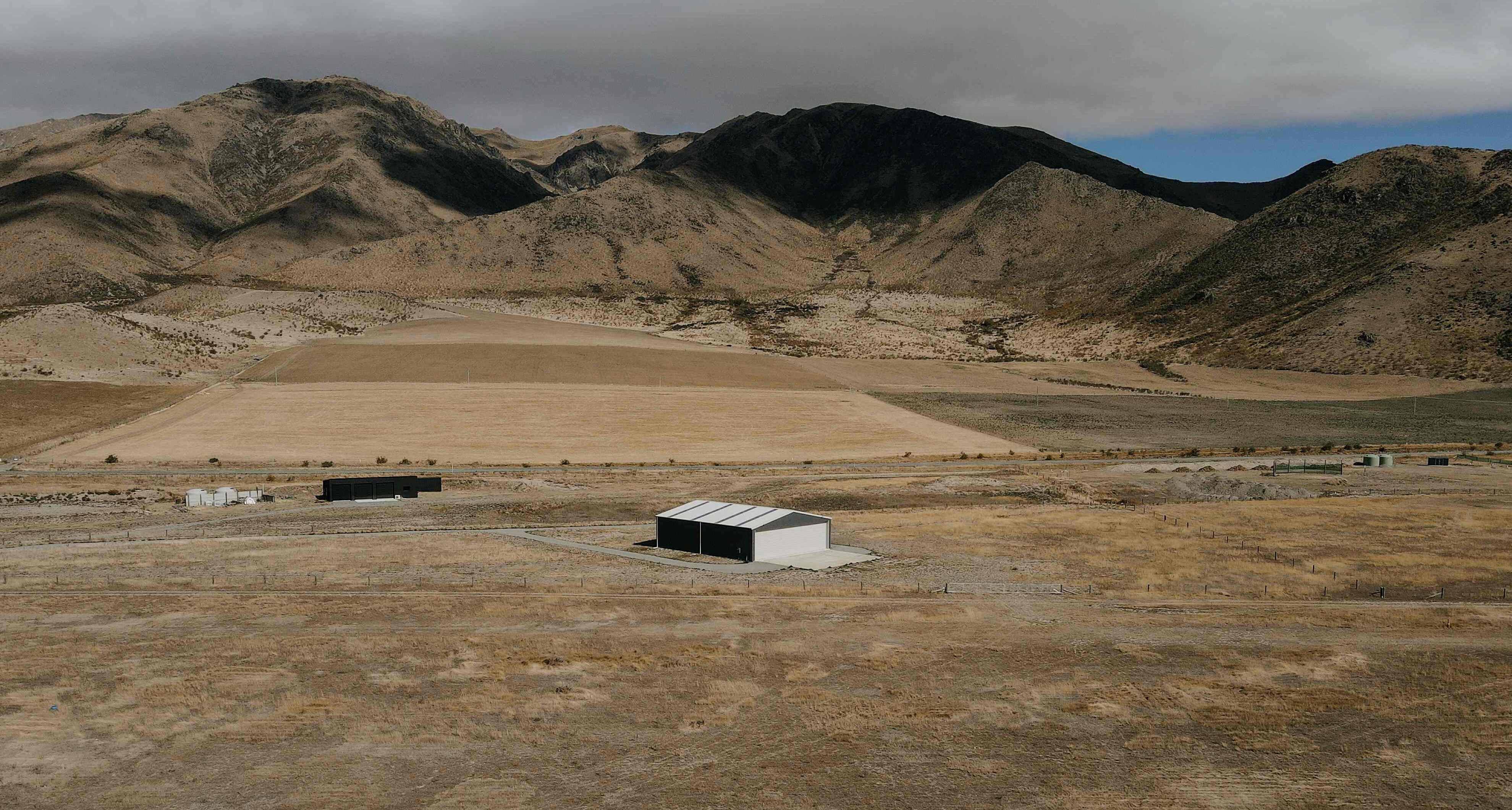.png?width=1000&height=600&name=timber%20sagging%20(1).png)
If you are building a new shed, the durability of your materials will be a key consideration. In particular, if your shed contains timber, you may be wondering if it will sag or warp over time.
In this blog, we look at what causes sagging and how to prevent it. To ensure your shed looks great both now and into the future, see our full breakdown below.
What causes timber to sag?
Since timber is a natural product, it will have some degree of movement over time but there are things you can do to significantly reduce this. Firstly, you must understand what causes timber to sag or warp in the first place.
If you use wet timber, it will certainly warp and change shape as it dries out. This is the single largest cause to be aware of when planning your build. While it may be cheaper to use wet timber, it will begin warping immediately and will be clearly noticeable within a few weeks.
Most timber shed companies send the timber out to clients soon after receiving it from the sawmill. This means that the timber has a high moisture content of around 80%, causing the timber fibres to swell and increase in volume.
Additionally, different areas in a length of timber often have variances in the moisture content. As the timber dries, different areas dry at different rates and cause uneven shrinking. Wet timber, along with the downward force of the iron cladding, causes the timber to warp unevenly, resulting in a shed that is not aesthetically pleasing.
The Alpine process
The good news is that there are ways to significantly reduce timber warping. The most effective way is to dry the timber out before it is used, this means that the timber can shrink in a controlled environment, without any external force bowing the timber out of shape while it dries.
At Alpine , we follow this exact process. When we receive wet timber from the mill, we strip-stack each individual piece. Strip-stacking is a process that involves taking each length of timber and re-stacking it with a bearer between each layer to allow air to flow freely around each individual piece.
The timber stays stacked like this for several weeks, allowing the timber to dry and shrink at a controlled rate. This process takes the moisture content from 80% or more down to less than 20%. This way, any shrinking has occurred before it is cut to length and installed. Since the timber fibres have released the moisture and are more densely packed together, there is very little movement.
Along with this strip stacking process, the Alpine Buildings team complete three separate quality control checks on each piece of timber. This ensures that only the driest, straightest, and best quality timber gets sent out in the kitset.
Watch: Alpine Strip Stacking Process
To ensure your shed stays looking its best and stands the test of time, ask your kitset provider what they do to reduce timber warping.
If you are thinking about building a shed, it all comes down to the planning you do at the very beginning. Find out more on the areas to research here and, if you want to talk to an expert, contact our team at Alpine today. We’d be more than happy to walk you through the process to ensure you get the best possible outcome.









